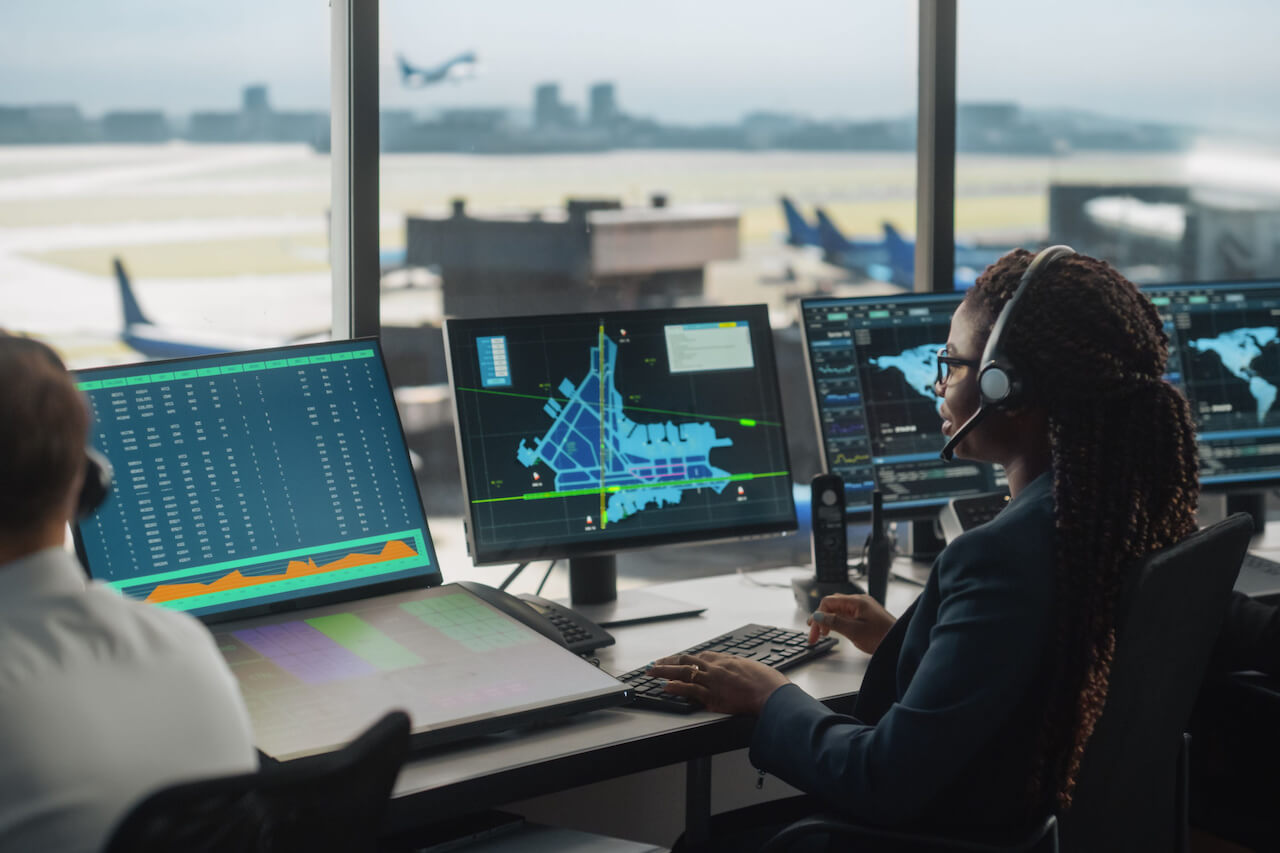Unveiling the Wizardry of Traffic Control: The Invisible Heroes of the Road
In the bustling rhythm of city life, where vehicles weave intricate patterns on asphalt canvases, there exists a vital yet often invisible force regulating the flow of metal symphonies – the traffic controller. These unsung heroes stand as silent guardians at the crossroads of chaos and order, orchestrating a delicate dance of vehicles with the finesse of a maestro conducting an orchestra. With a wave of their hand or a subtle gesture, they command a symphony of cars, trucks, buses, and pedestrians, ensuring the smooth progression of traffic along its intricate pathways.
Guided by a blend of instinct, training, and sheer experience, traffic controllers possess an innate understanding of the ebb and flow of vehicles navigating through the urban landscape. protrafficcontrol.nl scan the horizon for potential disruptions, their minds calculating optimal routes and timings to minimize congestion and maximize efficiency. In moments of gridlock or confusion, they stand as beacons of clarity, guiding lost vehicles back on course and untangling the knots of traffic with patience and precision.
Roles and Responsibilities
A traffic controller plays a crucial role in facilitating the smooth flow of traffic at intersections and road construction sites. Their primary responsibility is to direct vehicles and pedestrians, ensuring safety and order on the roads.
Traffic controllers are also responsible for communicating with drivers through hand signals, signs, and sometimes even loudspeakers. By effectively controlling the movement of vehicles, they help prevent accidents and reduce traffic congestion.
In addition to managing the flow of traffic, a traffic controller must stay attentive and focused at all times. They need to make quick decisions, adapt to changing conditions, and prioritize safety above all else.
Challenges Faced
One of the main challenges faced by traffic controllers is the unpredictability of road conditions. They must constantly adapt to changing situations, such as accidents, road closures, or adverse weather, to ensure the smooth flow of traffic.
Another common challenge for traffic controllers is dealing with impatient or aggressive drivers. They often encounter motorists who ignore signals, disobey rules, or try to manipulate the system, creating stressful and potentially dangerous situations that require quick thinking and decisive action.
Maintaining focus and concentration for long hours can also be a significant challenge for traffic controllers. The job requires constant vigilance and quick decision-making, which can be mentally and emotionally draining, especially during peak traffic periods.
Technological Innovations
In the modern age of traffic control, technology plays a crucial role in enhancing the efficiency and effectiveness of traffic controllers. Advanced systems such as automated traffic lights have revolutionized the way traffic flow is managed on the roads.

Another key technological innovation in traffic control is the integration of smart sensors and cameras. These devices provide real-time data on traffic conditions, allowing traffic controllers to make informed decisions to optimize the flow of vehicles and ensure safety on the roads.
Furthermore, the use of predictive analytics software has enabled traffic controllers to anticipate and respond to potential traffic issues before they escalate. By analyzing historical data and patterns, controllers can proactively adjust signal timings and implement strategies to prevent congestion and improve overall traffic management.